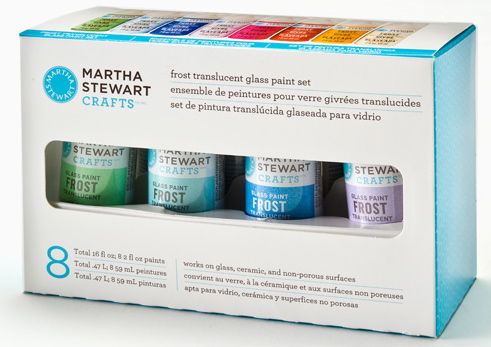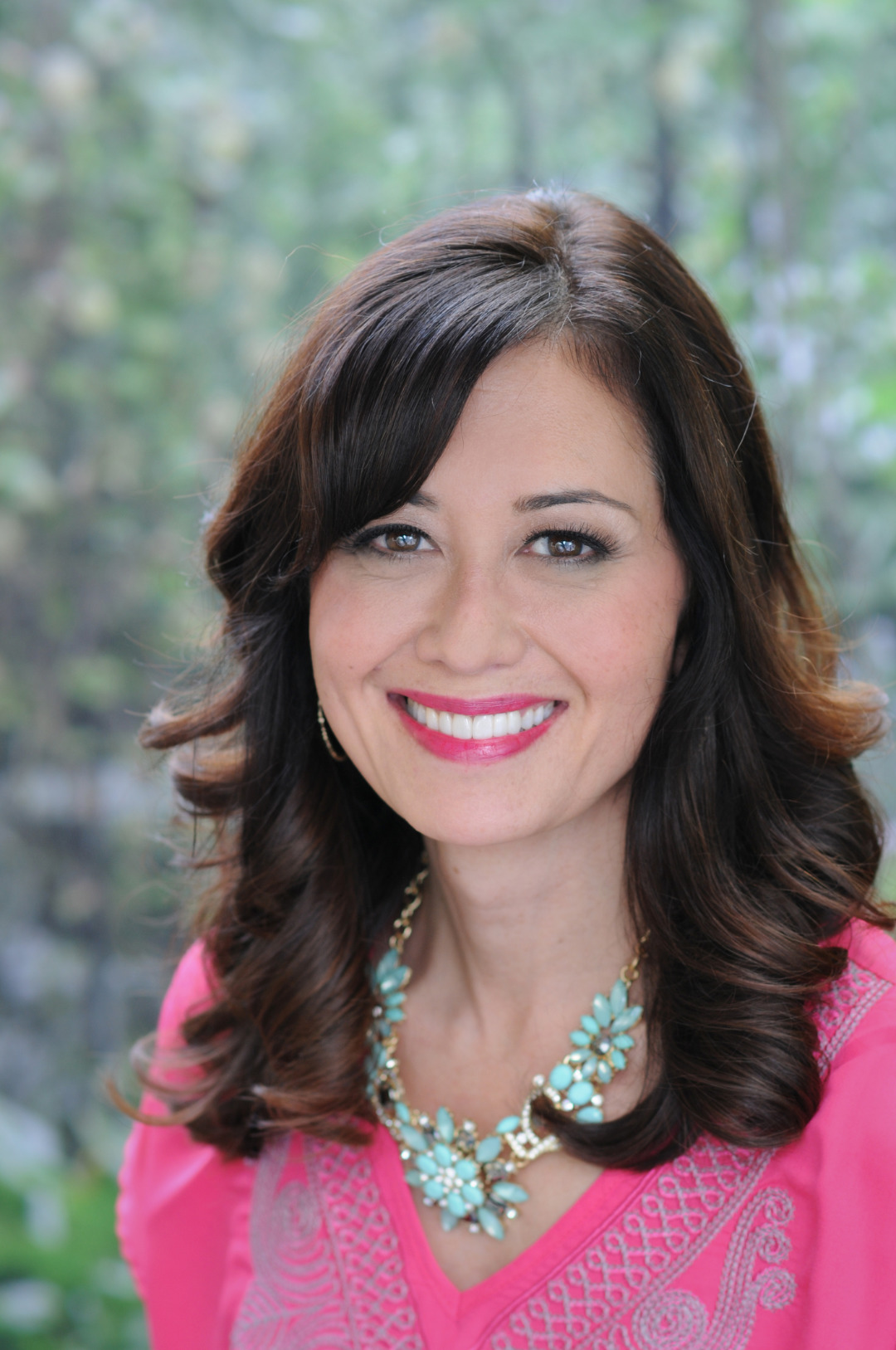Bringing Your Brave to the Fight Against Breast Cancer
This is a sponsored post written by me on behalf of Centers for Disease Control and Prevention’s Bring Your Brave campaign for IZEA. All opinions are 100% mine.
Bringing Your Brave to the Fight Against Breast Cancer

October is an important month for me because it’s Breast Cancer Awareness month. Like many people, breast cancer has affected my life and as a result– motivated me to know my breast cancer risk. Spreading the word about the importance of knowing your breast cancer risk is so important to me that I want to share some information about the Bring Your Brave campaign with you as well as my personal story.
The goal of the Bring the Brave campaign is to inspire young women to learn about the risk of breast cancer in young women, talk to their health care provider about that risk and live a breast healthy lifestyle. I’ll go into more detail later in this post, but first, let me tell you about my friend Michelle.
It was four years ago that I got a jarring phone call in the middle of a quiet Sunday. It was my friend Michelle, letting me know she had found a lump in her breast and had just been diagnosed with breast cancer. Michelle was a young woman, just forty years old, with two young sons and a husband. What followed was a year of worry: including highs and lows… and in the end, hope. I had the privilege of being by my brave friend’s side as she went through her journey. I was there as she received her chemo treatments, lost her hair and fretted about how her illness was affecting her family. She was weak, sick and exhausted but she was also so strong. Michelle was fortunate– it has been almost five years now since her last chemo treatment and she’s clear of cancer. She brought her brave to her battle and was so blessed to have a good outcome.
But… if she hadn’t found that lump or if she had discovered it a few months later, the outcome may have been very different.
Breast Cancer and Young Women
Did you know that breast cancer is the most common cancer in the United States and that 11% of all cases of breast cancer in the US affect women under the age of 45, like my friend Michelle? The scary thing is many young women don’t realize they’re at risk.
The Threat Young Women Face
When young women are diagnosed with breast cancer it’s more likely to be heredity, more often diagnosed at a later stage, and often, and more aggressive and difficult to treat.
If You are Under 45, You Might Have a Higher Risk of Breast Cancer If…
– You have close relatives who were diagnosed with breast cancer before the age of 45 or ovarian cancer at any age, especially if more than one relative was diagnosed or if a male relative had breast cancer.
– You have changes in certain breast cancer genes (BRCA1 and BRCA2), or have close relatives with these changes, but have not been tested yourself.
– You have Ashkenazi Jewish heritage.
– You received radiation therapy to the breast or chest during childhood or early adulthood.
– You have had breast cancer or certain other breast health problems, such as lobular carcinoma in situ (LCIS), ductal carcinoma in situ (DCIS), atypical ductal hyperplasia, or atypical lobular hyperplasia.
– You have been told that you have dense breasts on a mammogram.
Bring Your Brave
The Centers for Disease Control and Prevention started Bring Your Brave. As part of this campaign, check out these women’s stories .Take some time to read about young women who have been affected by breast cancer.
Make a Difference
YOU can make a difference and help raise awareness about this important issue. Share your story on social media using the hashtag #BraveBecause.
Knowledge is power! Know your breast cancer risk and spread the word about the importance of young women knowing their breast cancer risk.








I’m so happy your friend has had a good outcome! Hoping her good health continues! This is such an important message and so happy more women are getting the chance to see it!
xo
Nancy
Nancy @ Artsy Chicks Rule recently posted…Holiday Decor Ideas with At Home (Part 1 of 3)